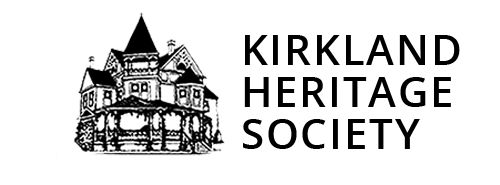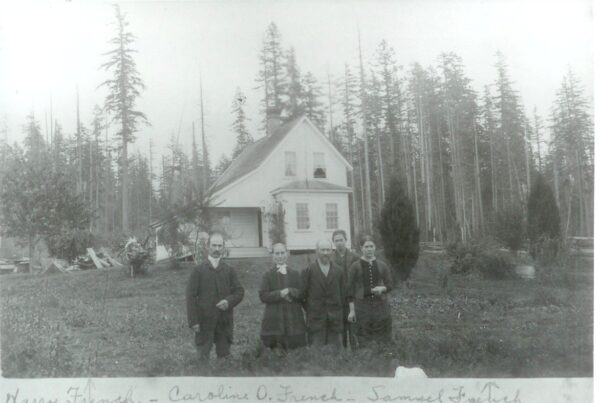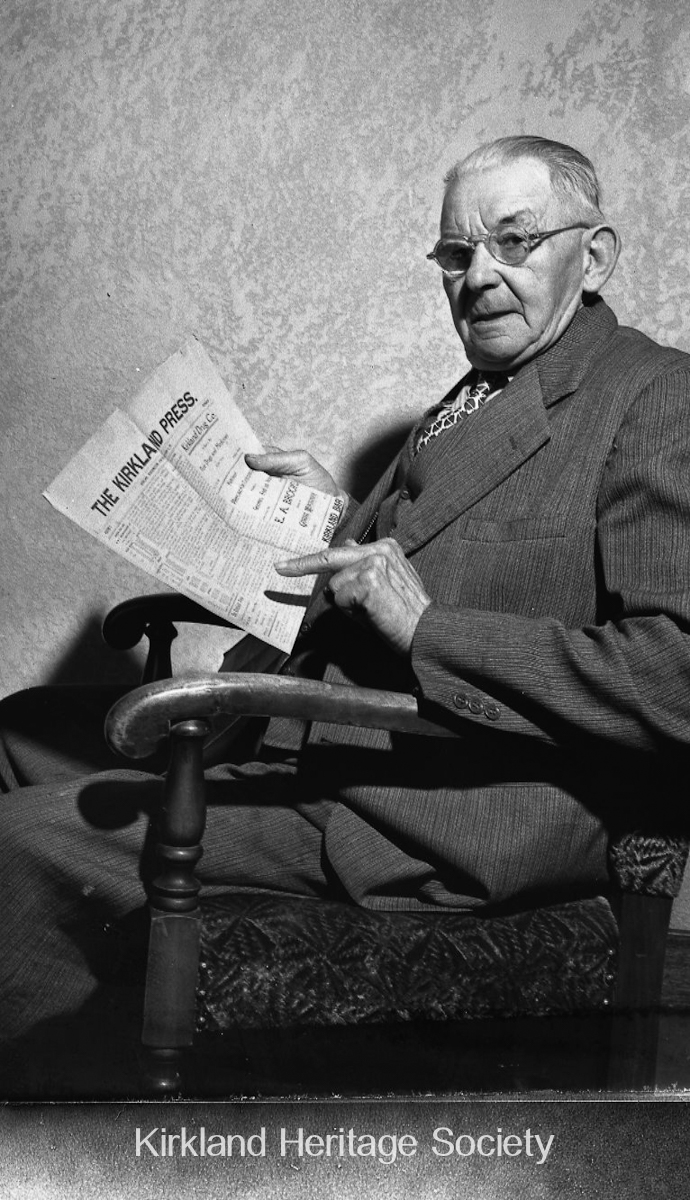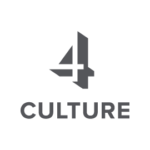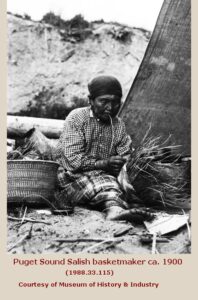 A picture is worth a thousand words, or so I discovered as I browsed the American Indians of the Pacific Northwest Collection —one of the special digital databases compiled by the University of Washington (UW) Libraries.
A picture is worth a thousand words, or so I discovered as I browsed the American Indians of the Pacific Northwest Collection —one of the special digital databases compiled by the University of Washington (UW) Libraries.
We see Coast Salish tribes fishing in dugout cedar canoes, living in temporary encampments along the water, hanging their salmon catch on beams over campfires to be smoked and cured for a later season, and creating coiled and twined baskets out of split cedar roots. Some of these baskets were so tightly wound that they could hold water.
There is a sense of purpose in these images as Native Americans ply the waters, trade with their neighbors, or even take time out for gambling on a beach, as shown in a photograph taken around 1884. Gambling was a popular pastime among the tribes, and the bone game or slahal, was played between villages.
It wasn’t long before I was transported back to an era (before these photographs were taken) when Lake Washington was simply HAH-choo or ‘a large lake.’ This was a time when the lake, together with its surroundings, offered an abundance of riches: wapatoes, cattails, tule, cedar roots, salmon, shellfish, waterfowl, berries, deer, muskrat, beaver, and otter. And, in some miraculous way, the local tribes seemed to be at one with their land, knowing precisely how to translate these diverse and ample resources into practical everyday uses, including a healthy and varied diet (see Waste Not, Want Not).
The photographs help to explain how the TAHB-tah-byook, a band of the Duwamish tribe, eked out an existence along the lakeshore before the first European-American homesteads were established near what is now downtown Kirkland. We know that they had a significant presence in our area because there is evidence (see coastsalishmap.org) of several longhouses between Yarrow Bay and Juanita Creek.
By the mid-nineteenth century, however, a number of external events were challenging the very survival of tribal culture. The 1855 Treaty of Point Elliott set aside land for five reservations in the Puget Sound region. These were: Lummi, Swinomish, Tulalip, Port Madison, and Muckleshoot. It was under this treaty that the Duwamish relinquished 54,000 acres of prime land—land which today includes Bellevue, Mercer Island, Seattle, Renton, Tukwila and other parts of King County.
While the 1862 Homestead Act offered government-subsidized land grants to new settlers, it was perhaps the opening of the Lake Washington Ship Canal in the early part of the 20th century that forever changed the native way of life on and around Lake Washington. The lowering of the lake had a detrimental impact on the wetlands and on what had, until then, been the main food sources for the tribes. Life as they had known it on HAH-choo had come to an end.
By Irene Vlitos-Rowe
| Waste Not, Want Not
Transforming some of Nature’s Resources |
|
| Resource | Uses |
| Cattails
|
A wide variety of uses, including cure for diarrhea (flowering heads), mats (stalks), and raw food with artichoke flavor (rhizomes) |
| Cedar roots | Baskets |
| Deer | Meat and pelts |
| Huckleberries | Tea, using wild huckleberry leaves |
| Salmon | Staple food |
| Soapberries | Indian ice cream. Foaming whip created from juices |
| Tule – a type of bulrush | Mats for wrapping burial remains, house-walls, or mattresses |
| Wapato/ Arrowhead | When cooked, similar to an Idaho potato |
| Sources: City of Kirkland; Dinner Without Reservations, Eric McHenry. Columns,The UW Alumni Magazine, 9/2007; Guide to Indian Herbs, Raymond Stark; MOHAI; Wapato:Indian Potato, John Kallas, Wilderness Way; UW Libraries. Special Collections. American Indians of the Pacific Northwest Collection; WA State Department of Natural Resources; www.duwamishtribe.org; http://coastsalishmap.org. | |
A version of this article appeared in the Kirkland Reporter on June 18, 2008.
